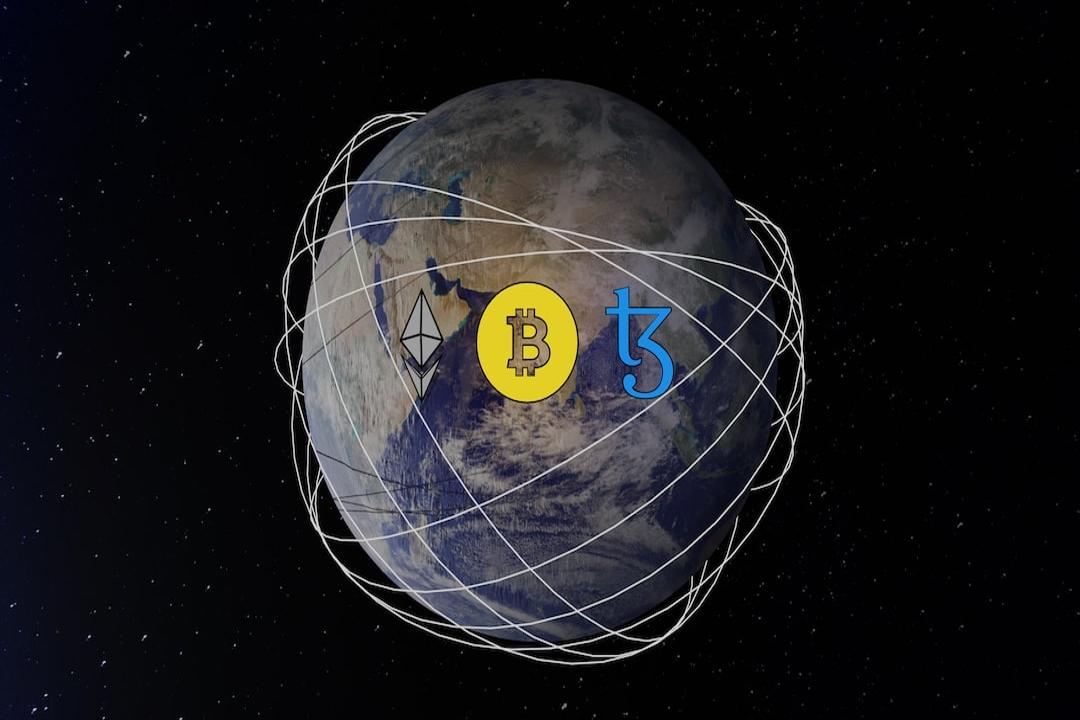Against the backdrop of diverse perspectives influencing the cryptocurrency field, Real World Assets (RWAs) tokenization has become a focal point for traditional financial (TradFi) institutions. These institution-friendly assets are opening new avenues for investment and liquidity, while also presenting new challenges.
TheNewsCrypto recently spoke with Manuel Rensink, co-founder of Fathom. Fathom is a DeFi liquidity management protocol based on XinFin’s XDC network, aimed at understanding institutional preferences for a crypto-driven RWA ecosystem.
TheNewsCrypto: Could you briefly introduce your journey into DeFi and creating Fathom?
Manuel Rensink (MR): After a varied career in traditional finance, including roles at institutions like Chase Manhattan Bank, Deutsche Bank, and JPMorgan’s spin-off company, I transitioned into DeFi. In 2016, I began exploring cryptocurrencies and subsequently held positions at a Swiss crypto exchange pioneering security token adoption. Later, I joined Securrency, a pioneering company focused on compliant asset tokenization on the blockchain.
At Securrency, my co-founder and I collaborated closely with large asset management firms and financial institutions to tokenize funds and assets compliantly.
While tokenizing assets like the S&P 500, money market funds, government bonds, and gold, we encountered significant challenges, from regulatory hurdles to the lack of secondary trading platforms.
Recognizing this gap, my co-founder and I decided to utilize DeFi, or what we sometimes call “institutional DeFi,” as a distribution channel for these assets. We explored collateralization methods for bringing these assets onto the blockchain, enabling users to borrow or lend stablecoins against them. We also explored trading these assets on decentralized exchanges (DEXs) and integrating them into vaults, automated asset managers, and lending protocols.
TNC: What challenges do you face in managing liquidity for RWAs within the DeFi ecosystem?
MR: Collaborating with asset management firms, especially U.S.-based ones like WisdomTree, BlackRock, and Hamilton Lane, it’s clear they are beginning to explore tokenization. Initially, they distribute assets through their own apps or specific markets, especially money market funds.
So, the challenge we’re currently addressing, I believe, is the next frontier: achieving broader distribution across multiple platforms and DeFi protocols. Thus, tokenized real-world assets can serve as collateral for collateralized debt positions (CDPs), vaults, liquidity pools, lending protocols, or automated market makers (AMMs) like Uniswap. This enhances accessibility globally; anyone with internet access can interact with these assets, though some may require registration and KYC verification. However, these are minor technical challenges.
Enhanced accessibility increases the utility of these assets, thereby promoting liquidity. Liquidity begets liquidity.
TNC: Institutions are increasingly embracing stablecoin markets, with the USD-pegged stablecoin market reaching a significant milestone of $160 billion. Mechanism and use-case-wise, how does $FXD differ from other stablecoins?
MR: Stablecoins are crucial. Until recently, they’ve been the only successful tokenized assets, especially USDT and USDC, essentially tokenizing bank deposits (including cash and commercial paper). However, while these stablecoins excel in providing off-chain liquidity, they lack on-chain liquidity support. In contrast, FXD is both a mechanism and a liquidity protocol. It enables individuals holding real-world assets to borrow FXD stablecoins collateralized in excess against their assets. This makes various financial activities possible, including payments, cross-border transfers, trading pairs, and participation in lending protocols.
Moreover, regulatory scrutiny favors deposit-backed stablecoins, which could pressure issuers like Circle (USDT, USDC). In contrast, regulators view FXD-backed stablecoins as non-systemic and crypto-friendly. This regulatory advantage, coupled with its innovative liquidity approach, positions FXD as a prospective alternative to USDT and USDC.
TNC: With an asset value exceeding $7 million, how do you plan to diversify your asset portfolio and enhance protocol scalability?
MR: For us, diversifying assets backing FXD is crucial. Initially, we used XDC protocol tokens as collateral, ensuring FXD’s stability at $1. Despite recent volatility, forced liquidations are rare, and stability remains relatively steadfast. However, integrating real-world assets is essential for sustainable growth and effective scaling.
Recently, through DAO voting, we introduced gold as a second asset type. This includes high-quality gold tokens on XDC, such as ComTech Gold (CGO), regulated physical gold exchanges based in Dubai, backed at a one-to-one ratio. The addition of gold, a pioneer in currency, is particularly exciting.
Next, we’re considering tokenizing money market funds and similar credit-like assets, particularly leveraging XDC’s trade finance focus for trade financing loans. These additions will further diversify our asset portfolio, ensuring stability and growth for FXD.
TNC: With the launch of spot Bitcoin ETFs in the US in January and anticipated entries like Australia in 2024 after Hong Kong in late April, institutional participation in cryptocurrencies is increasing. How do you foresee institutional entry and expansion into this space?
MR: Seeing TradFi embrace the financialization of cryptocurrencies is promising, especially Ethereum’s significance for DeFi. Despite threats from the US Securities and Exchange Commission (SEC) regarding Ethereum and its projects in the US, global advancements, including China’s, are reassuring.
Conversely, a very bullish event is seeing major players like BlackRock launching traditional funds on public blockchains like Ethereum, using tokens like BUIDL. Other asset management firms, such as Hamilton Lane, are leveraging platforms like Polygon and Stellar. These events signify a significant shift, prompting asset managers to consider blockchain and DeFi as viable distribution channels. BlackRock’s entry, alongside other notable institutions like WisdomTree, Ark, and Franklin Templeton, highlights the transformative potential of these technologies.
These events contrast sharply with the disasters involving last year’s FTX, other CeFi and DeFi participants, and traditional institutions.
TNC: Looking ahead, what are your predictions for the valuation of the RWA ecosystem in the coming years?
MR: That’s truly a trillion-dollar question. Conversations with Citibank and McKinsey, including my role as a think tank head there, revolve around estimates for the crypto market’s size. Cryptocurrencies remain relatively small compared to traditional bond and equity markets, valued at $120 trillion and $100 trillion respectively. Consensus suggests cryptocurrencies could reach $30-35 trillion within the next five years.
In the short term, reaching tens of trillions within the next two years seems feasible. However, our primary focus is on expanding Total Value Locked (TVL), currently at $7 million, predominantly in crypto assets. We expect to reach $100 million by year-end.
Disclaimer: The information provided in this interview article is for informational purposes only. It is not intended as investment advice, financial guidance, or a recommendation for specific decisions. Readers are encouraged to conduct their own research.


